I never fail to be overwhelmed at the incredible explosion of life energy generated by our planet earth. Astrophysicists, NASA scientists, and journalists get ecstatic at the slightest hint of the merest resemblance of life on other planets while here at their very feet is a daily and astounding eruption of life. To get a feeling for the incredible abundance of life supported by our planet look no further than the seashore. Right there at your feet is an explosion of life almost difficult to grasp if you stop to give it some thought. Twice each day when the tide rolls in and out, especially in the spectacular Northwest fashion, an enormous number of animals quietly and secretly live out their lives in perfect harmony with this aquatic rhythm.
Two of these unique creatures are chitons and limpets. Both chitons and limpets are members of the gigantic mollusk family, a phylum of animals that includes species from octopuses to land snails. With over 50,000 species described so far, molluscs are the 2nd largest group of invertebrate animals on the planet, exceeded in number only by the arthropods. Although they appear somewhat similar chitons and limpets are two different classes of the mollusc phylum. Chitons are members of the class Polyplacophora. Highly adapted for life on rocky surfaces in the intertidal zone chitons are distinguished by their low profile ellipsoid shape. They cling to hard surfaces with structures called a foot and girdle and feed on algae and other tiny organisms they acquire by scraping the surface just as a snail does using radula.
Limpets on the other hand, on the other rock actually, belong to a class of molluscs called Gastropods. This is the largest group of molluscs comprising of over 30,000 species to date. There are surely others to be discovered. Limpets are identifiable by their conical, symmetrical shell and pronounced pinnacle unlike the flat shells of the chitons. If you were turn a limpet over you would see a very snail like body underneath. And like their snail relatives they cling to the surface via a large “foot.” Our Northwest species breathe through a single gill that protrudes from the left side of the limpet’s body and extends to the right side of the animal. The round shell of the limpet overhangs the animal’s hidden body thus allowing a constant flow of water over the gill.
From left to right: Mask Limpet, Dogwinkle Snail, Mossy or Hairy Chiton
Closely associated in habitat with limpets and chitons are snails. Snails seem to have decided that the best shell design is a hybrid of chiton and limpet – spherical and conical and extended. Unlike their molluscan cousins, however, snails are a bit more extroverted in habit and prefer to get out of the confines of their calcified home for extended periods, although you probably won’t see this extroverted side of their nature in marine species when exposed to low tide.
Crustaceans, however, best the chitons and limpets in number and activity on many of our beaches. Flip over a rock or piece of driftwood on our shores and you are liable to see dozens of cute little shore crabs scattering about. In my experience the purple shore crab and the little, green hairy shore crab are the most numerous of the 25 species we host. But look a little closer and that tiny snail like shell you see might be housing one of our three hermit crabs.
From left to right: Lined Crab (the most beautiful of the shore crabs), Kelp Crab, Purple Shore Crab, Red Rock Crab
For sheer numbers, however, barnacles take the prize. Coating seashore rocks like living wall paper these abundant crustaceans are exclusively marine animals. They are also the only sessile (non-moving) crustacean so don’t expect to observe a lot of activity with these animals unless you view them underwater while feather like cirri whip food into their mouth. And yes they do have a mouth. Making their home on rocks, driftwood, coral, and even living whales, barnacles easily number into the billions upon billions and are extremely successful animals.
In this article I have only mentioned the sea shore wildlife you are most likely to encounter. I have not gone into eels, worms, nudibranchs, anemones, jellyfish, isopods, amphipods, sand dollars, sponges, fish, or the variety of vegetative and microscopic life near the sea shore. My intent in this piece was not to detail every creature of the shore imaginable but simply to impart the sense of wonder at astounding life this earth supports – and just on the shore! It is miraculous indeed. For more photos of these beautiful animals go here: Northwest Seashore.
And when you’re done marveling at the abundant life of the shore line turn around and gaze at the forests behind you. Those beautiful trees are an explosion of earth life, too.
In a Toad’s Eye / Reptiles and Amphibians of Afghanistan
<
>




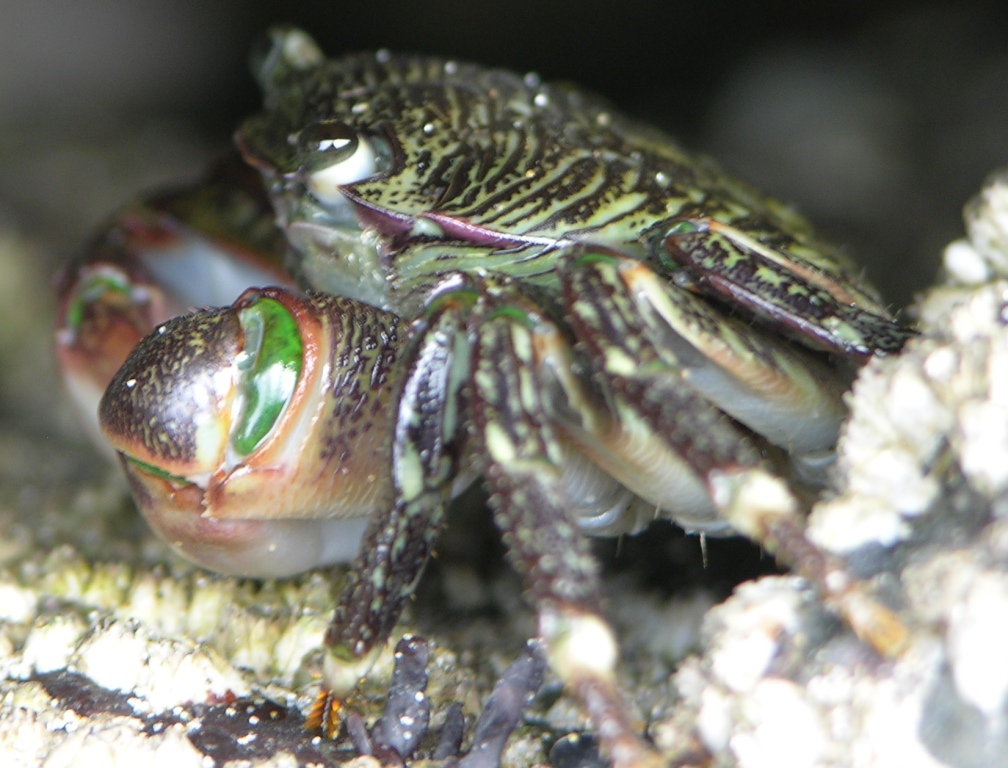
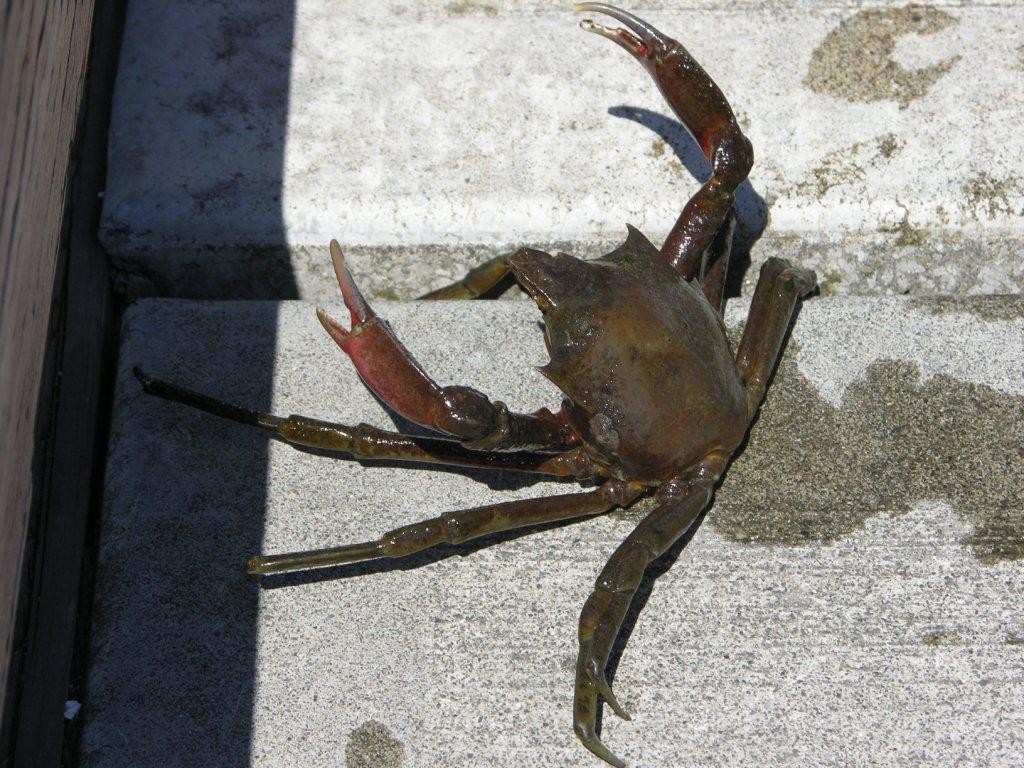
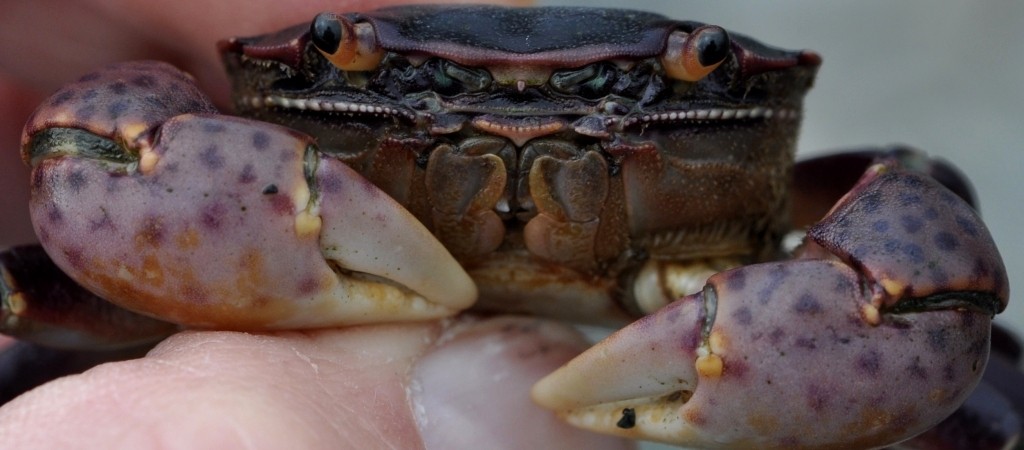
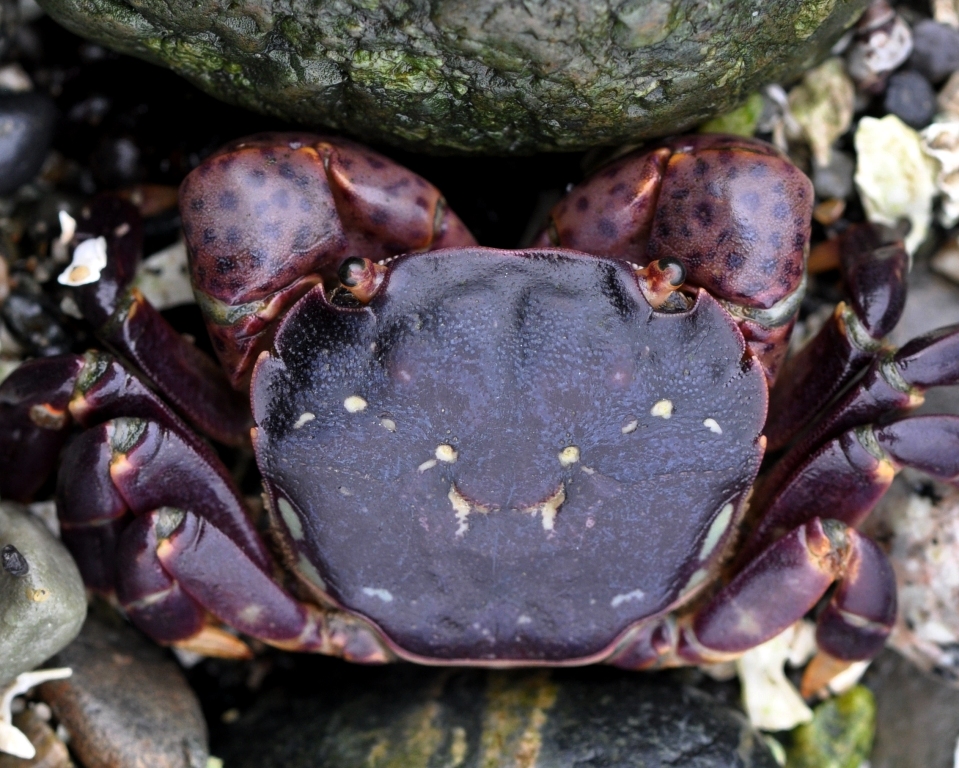
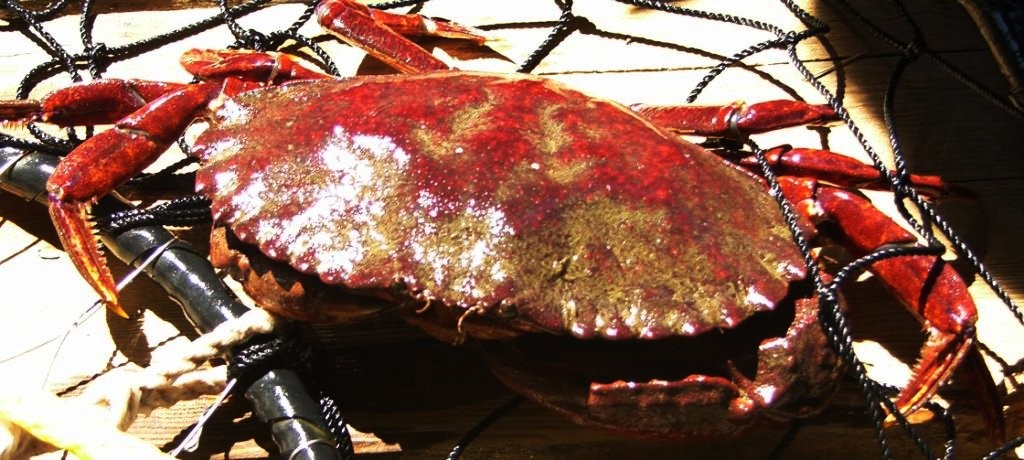
Leave a Reply
You must be logged in to post a comment.